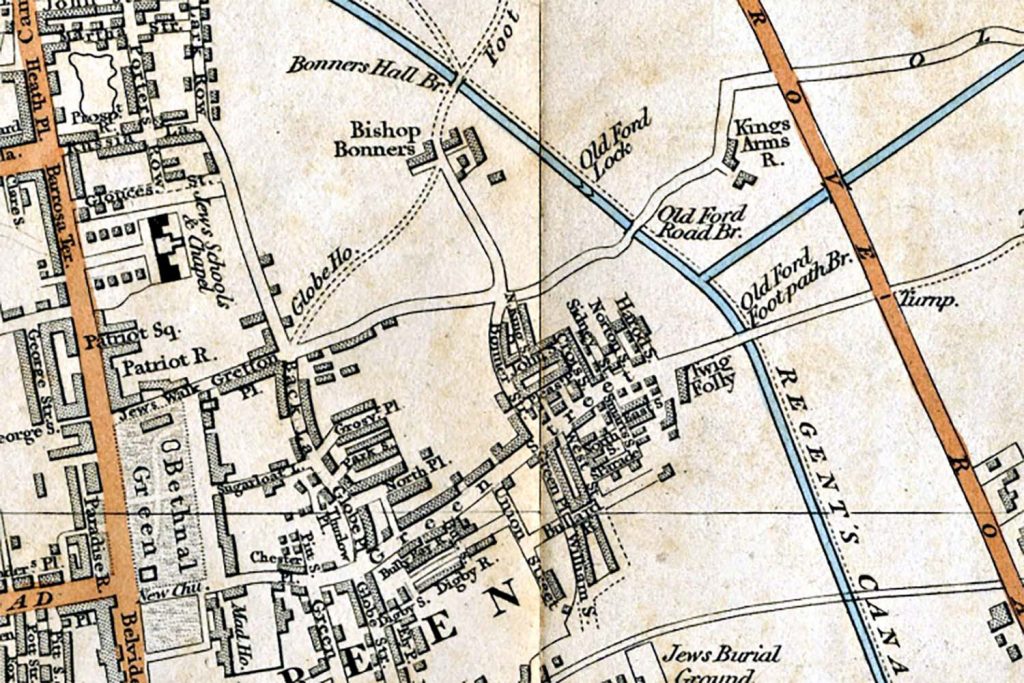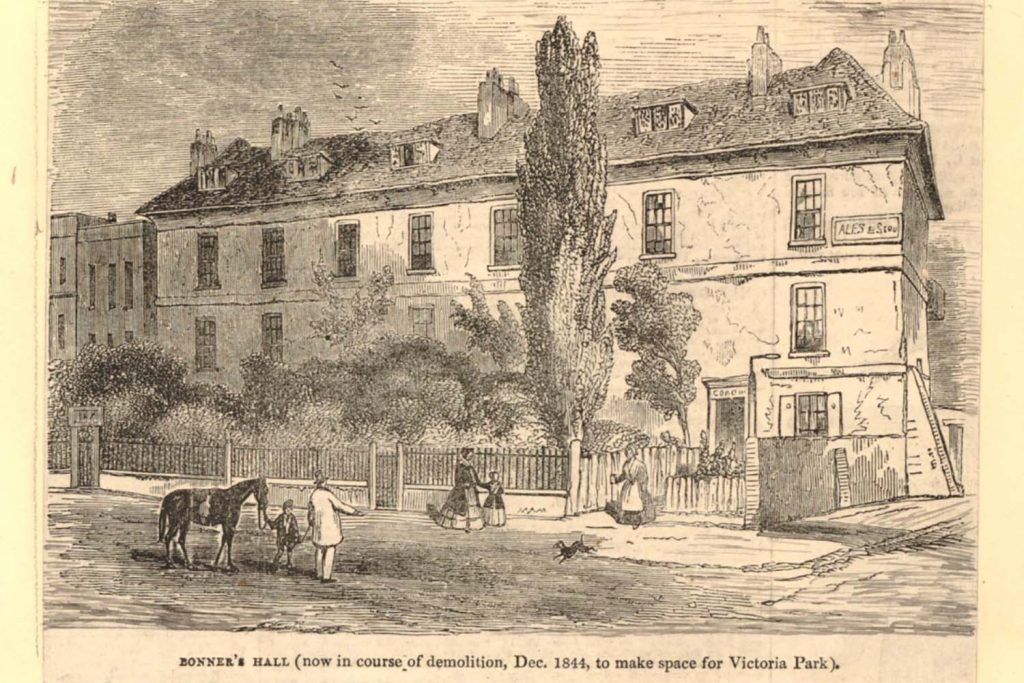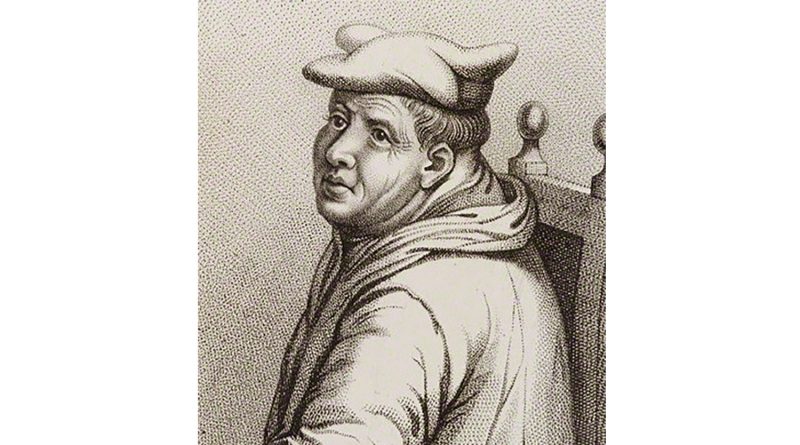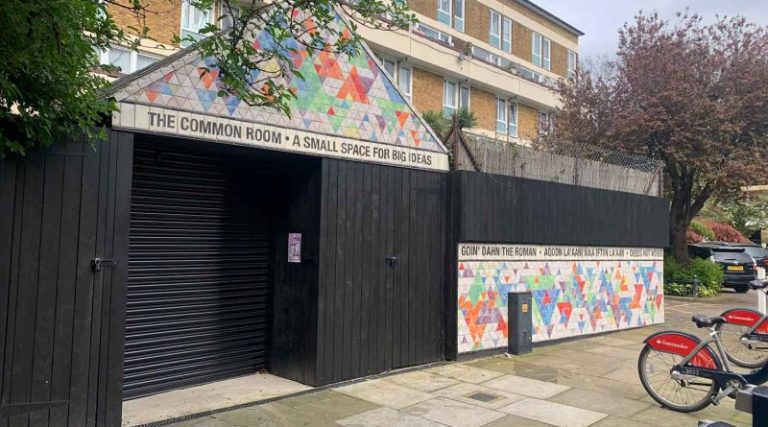The Bloody Bishop Bonner of London
Ghostly sightings of Bloody Bonner, a Catholic Bishop of London who burnt almost 300 Protestants at the stake, haunt our favourite hangouts.
The East End is a fascinating area full of grisly tales, scary stories, and haunting histories. But few can top that of one of London’s most bloodthirsty men who inflicted pain and punishment, torture and death on hundreds.
The man’s legacy is imprinted in our street names of Bonner Street and Bonner Road, in pubs in the former The Bishop Bonner, and even on a bridge, Bonner Hall Bridge and its adjoining gate, Bonner Gate.
There have been sightings of this man and his ghostly coach and four black horses haunting Victoria Park, and similar scary sightings of him around Globe Town, particularly Bonner Street. He has also been spotted elsewhere at the western end of Roman Road, towards Bethnal Green.
But who is this eerie figure, and why does he haunt the East End?

The figure is that of a former Bishop of London, Edmund Bonner. He was a devout Catholic but wielded a great amount of power which he used, and abused, in his relentless pursuit of Protestants.
Bonner came to London as a young man in the mid-1520s and started work under Cardinal Thomas Wolsey, a close confidant and friend to King Henry VIII. Bonner’s privileged position led him to occupy Bonner’s Hall (sometimes known as Bishop’s Hall) in Bethnal Green, which was then a small hamlet surrounded by lush countryside. The manor house was built near Bonner Gate and Bonner Street and Bonner Road were named after him.

It was around this time that the country went through a huge religious change when Henry VIII set up his own church, breaking away from Rome and the Catholic church. The Catholic Bonner fell out of favour.
It wasn’t until Henry’s daughter, the devoutly Catholic Queen Mary I (1553 – 1558), took to the throne that Bonner’s gory story truly begins.
Eager to rid the land of Protestants, Mary I entrusted Bonner to convert ‘heretic’ Protestants back to Catholicism. If they refused, Bonner would order them to be tortured and burnt at the stake. It was through his role and his relentless persecution of Protestants that he was bleakly dubbed, ‘Bloody Bonner’.
It was claimed by John Foxe, a contemporary of Bonner’s and a Protestant historian, that ‘Mary saw just what she needed in Bonner, [a man] who threw himself into the work of persecuting the Protestants with all his energy.’
One of Bonner’s first victims to die at the burning stake was Protestant Bishop John Rogers. Such was the heartless nature of Bonner that when Rogers requested that he say goodbye to his wife, Rogers’ request was refused. He was burnt at Smithfield on 4 February 1555. Five days later, fellow Protestants Bishop John Hooper, and Rowland Taylor, and Laurence Saunders were burned.
This was the start of almost four years of Protestant persecution. Of the 300 or so who were burned at the stake, it’s been said that Bonner personally tried and sentenced around two hundred. Foxe added that ‘Bonner was a harsh, persistent man, with no pity or compassion for the people brought before him.’ Bonner’s cruelty extended to forcing people to watch their friends and family burn, sometimes for up to an hour, for their supposed ‘heretic’ ways.
After Mary I’s death in late 1558, her sister, and ardent Protestant, Elizabeth I became Queen of England. Bonner did not fare so well under her regime. He was arrested in 1559, and imprisoned until his death ten years later. During Bonner’s imprisonment, Foxe wrote this memorable yet macabre rhyme;
‘This cannibal in three years space three hundred martyrs slew
They were his food, he loved so blood, he sparèd none he knew.’
Such was the enduring hatred towards Bonner, and the memory of his actions so fresh, that he was buried at midnight to avoid a riot. But it’s a testament to the power and legacy of Bloody Bonner, and his cruel insistence on burning Protestants at the stake, that he continues to produce ghoulishly ghostly sightings where he lived, almost 500 years later.
If you enjoyed this, then read our article on myths, legends and folklore that coats the streets of London’s East End.








